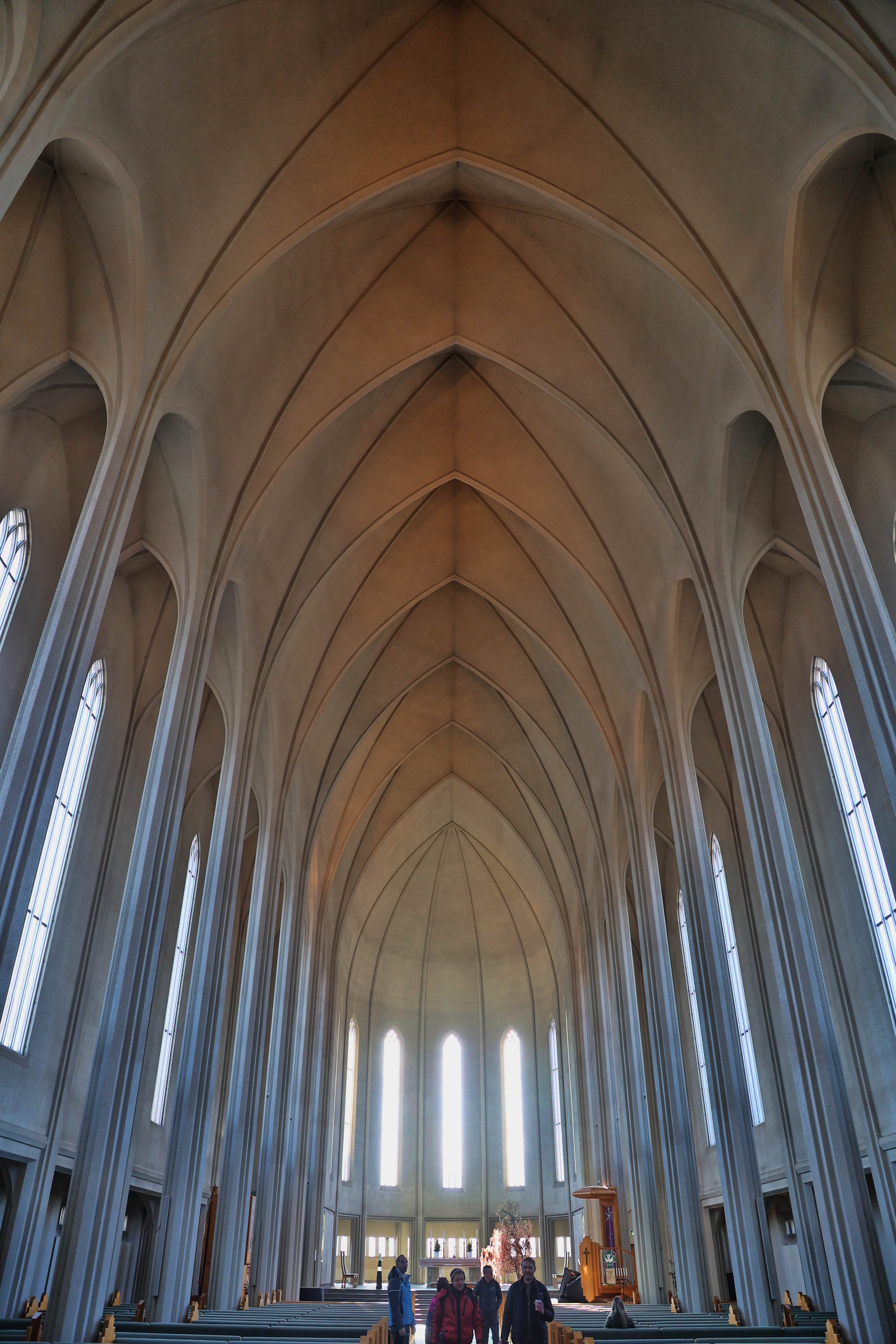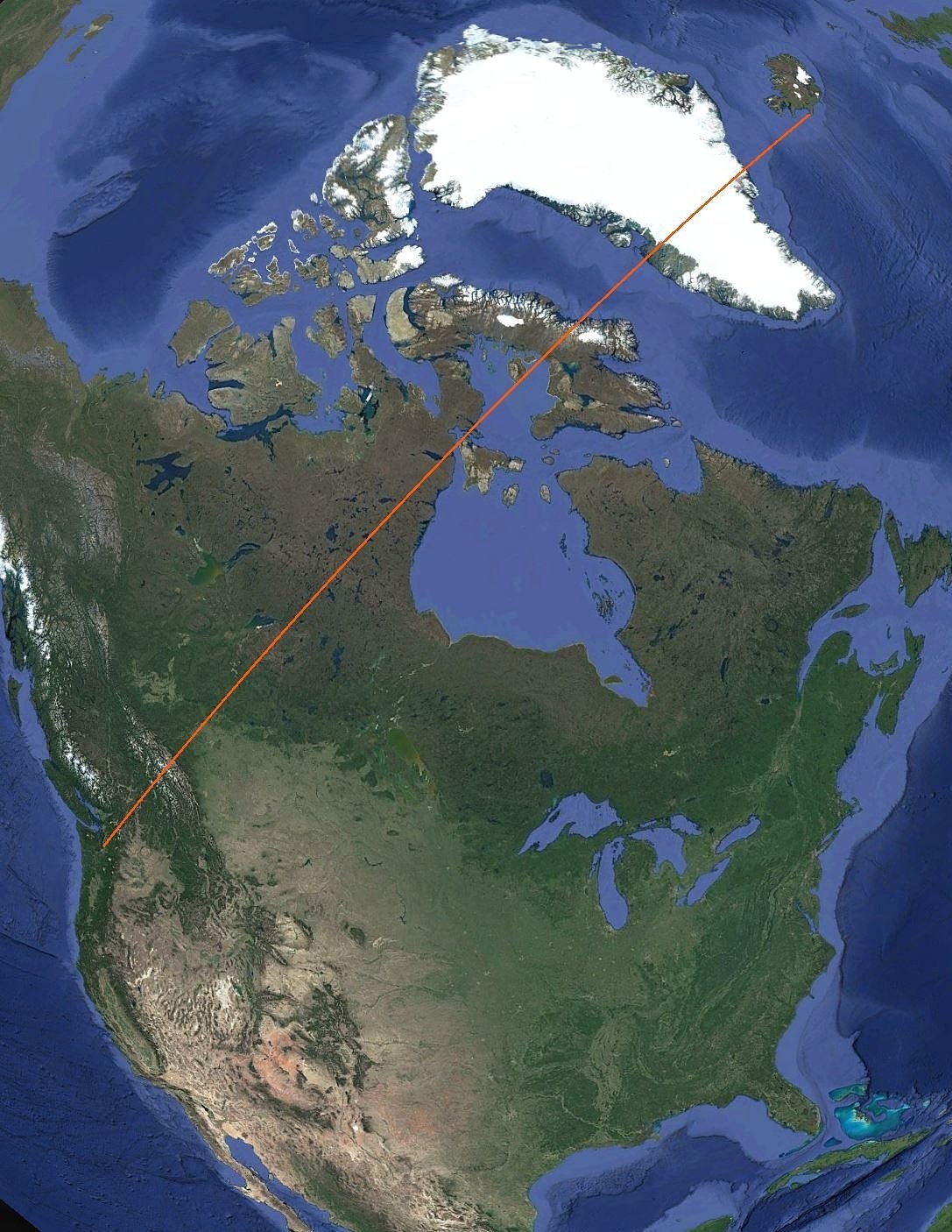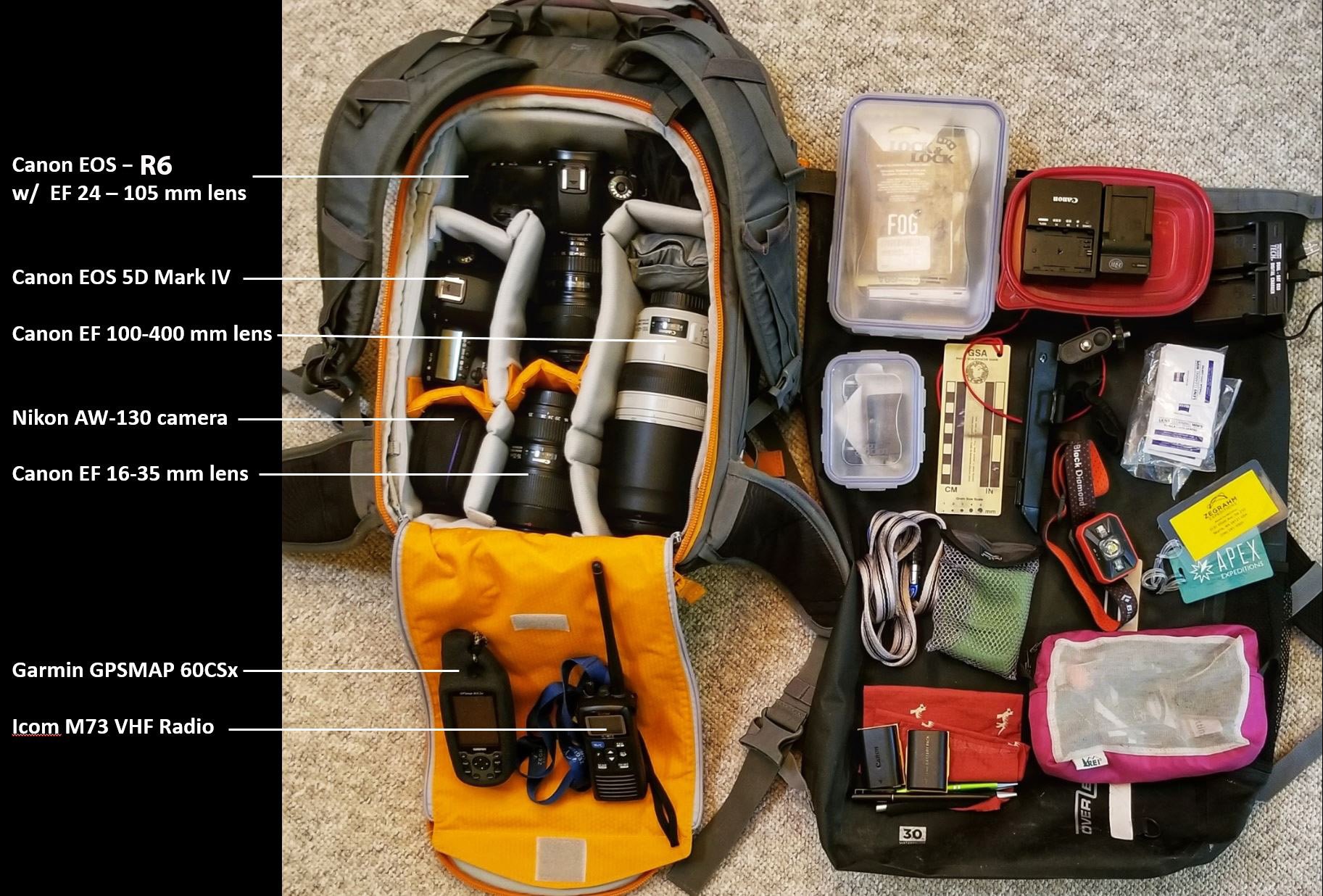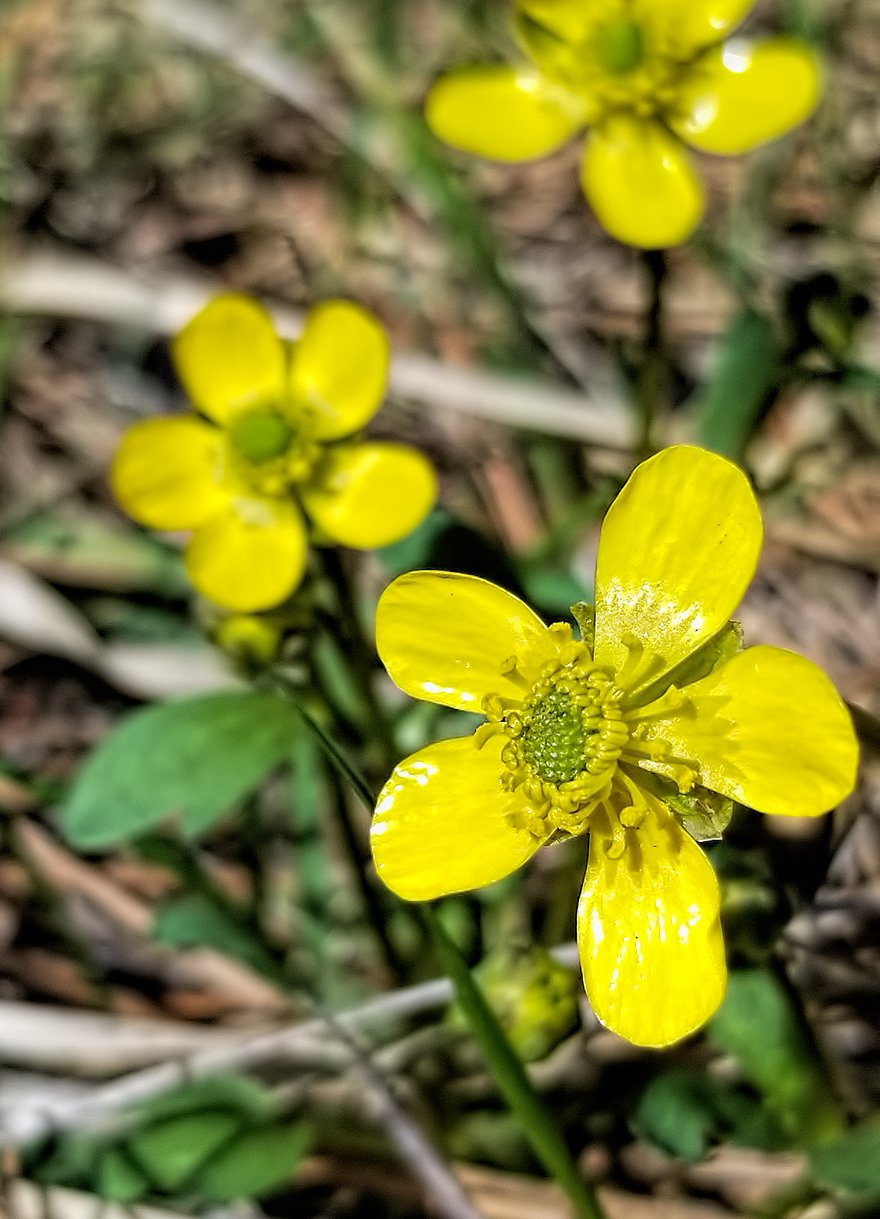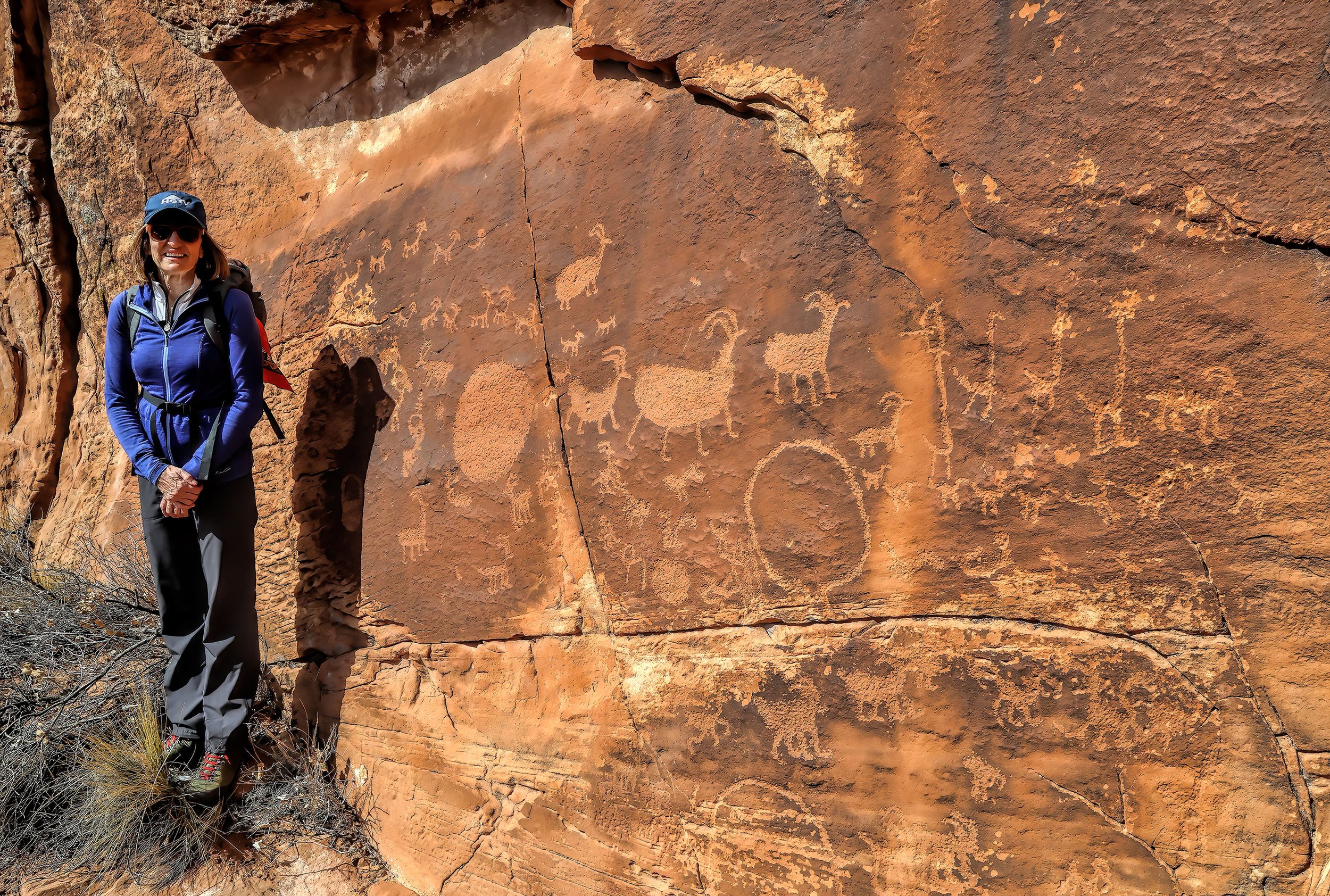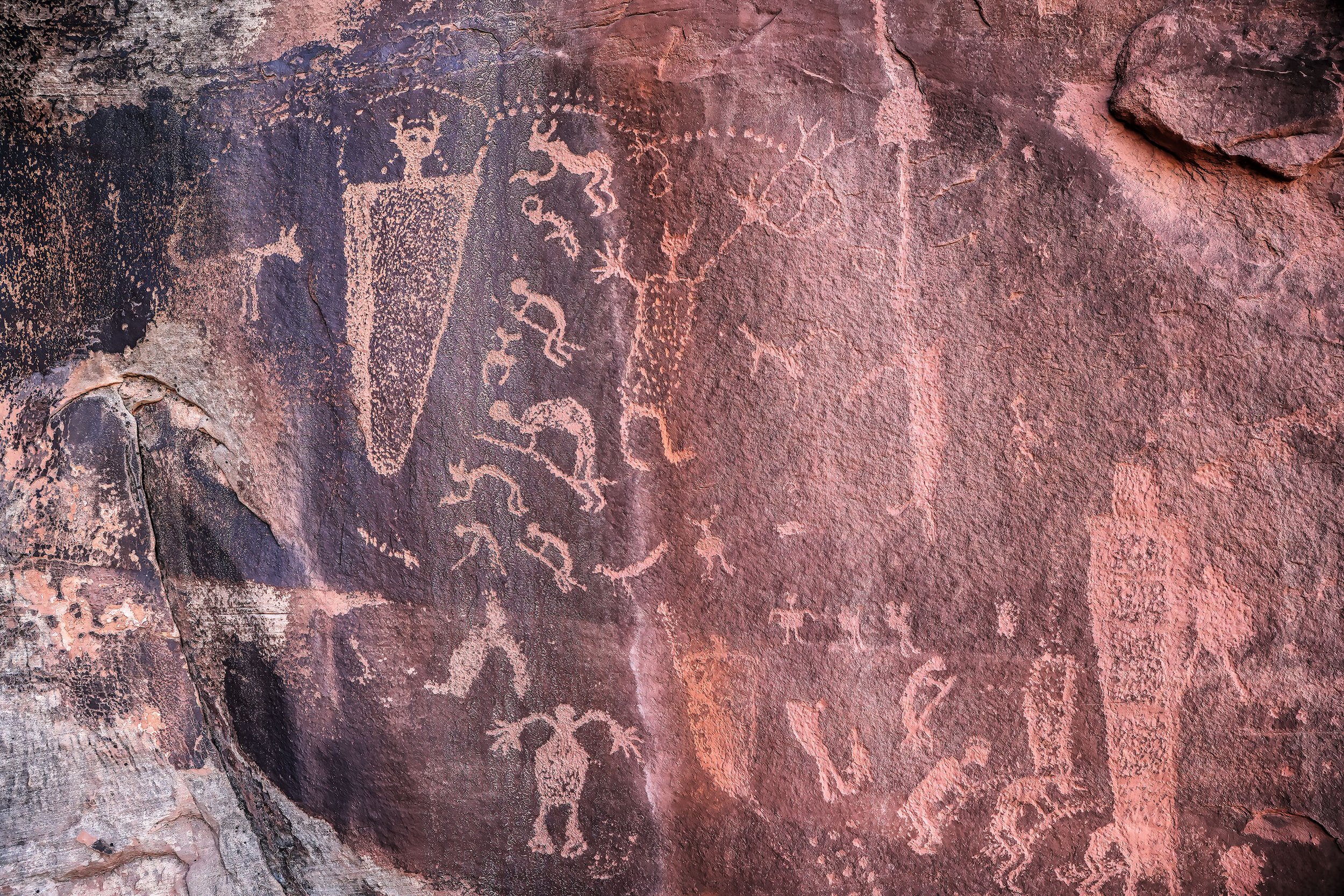were the highlights of our first full day of exploration east of Reykjavik, Iceland. An outstanding day!
Steam column from Strokkur geyser following an eruption.
Water mound signaling the beginning of an eruption.
Eruption underway!
Strokkur Geyser in full eruption, with column height approaching 35 meters (115 feet).
Gullfoss waterfall on the Hvíta River, plunging 32 meters (105 feet) in two steps.
Lower waterfall at Gullfoss with glacially scoured columnar basalt in the foreground.
Rift valley at Þingvellir National Park, a sub-aerial portion of the northern Mid-Atlantic Ridge divergent margin. In this view towards the southwest, rocks to the right side of the path belong to the North American plate while those on the left are part of the Eurasian plate.








